Blackmagic BRAW
By Alfonso Sánchez Calvo
2020-04-18
Digital Cinematography in Ultra High Definition resolution has been, for years, our recording standard in video production. What are we going to do if we are perfectionists!
The overwhelming majority of the films we enjoy in cinemas today are produced, distributed and screened using digital technology. Allow me to discuss some of the associated terms and processes.
In films shot on celluloid, the images are fixed in the millions of micro-crystals of the film's chemical emulsion.
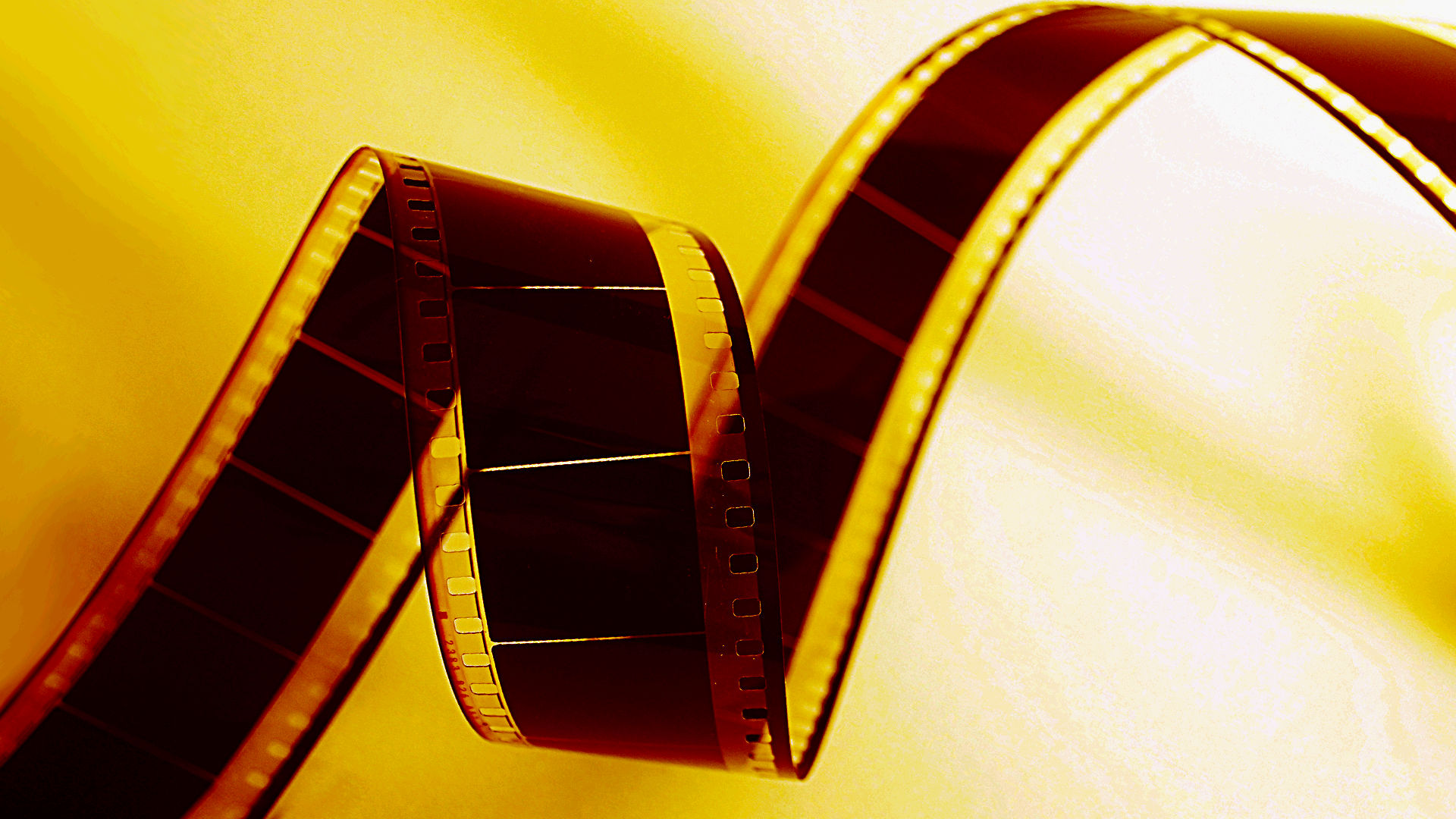
In contrast, with modern digital media, images are recorded by encoding their brightness and colour, assigning them to each of the millions of dots or pixels that make up each frame.
As is well known, the number of these pixels determines the resolution of the image, for example HD or UHD (2K, 4K, 6k, 8K, ...), where a higher resolution generally means greater definition, i.e. greater vividness in the representation of shapes and textures.
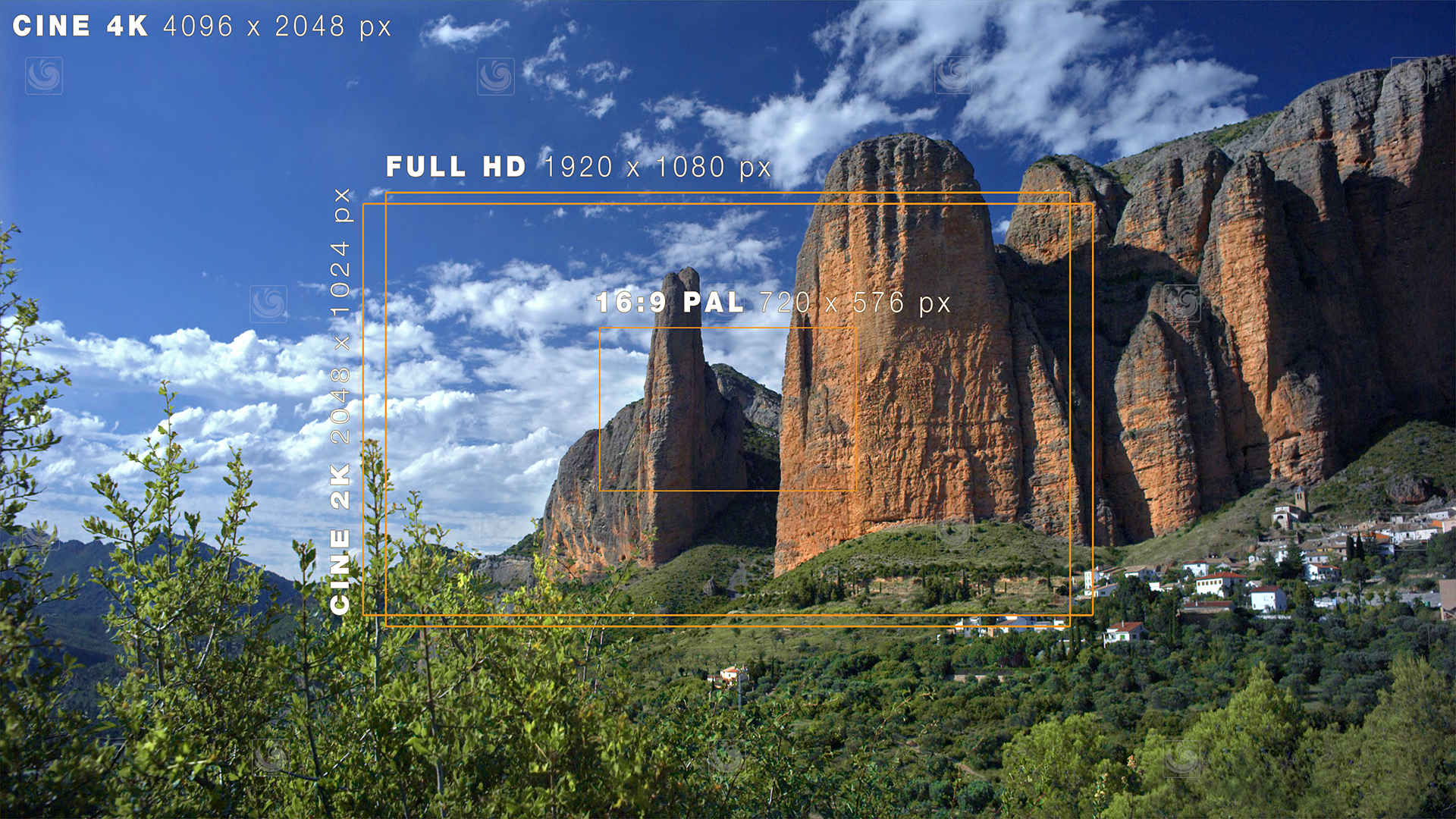
Along with definition, image quality is measured by the amount of information that can be recorded and assigned to each pixel, in terms of brightness and colour hue, known as colour depth. The greater the information assigned to that point, the greater its capacity to reproduce the original image faithfully. Although storing this amount of data has its drawbacks: it takes up huge amounts of memory!
Today, most video cameras (including those of our beloved "smartphones") cut and compact the information captured by their sensors into files of manageable size, although at the cost of reduced quality. That compressed video will be optimised to represent brightness and colour efficiently, but without certain details and nuances. In this respect, there are a multitude of formats that compress video according to their resolution, type and level of compression, the so-called video codecs.
That said, the professional video cameras that really deserve that qualification, can record the data obtained directly from the sensor before carrying out any process in the image, these files are also called RAW, since they contain in a "raw" way all the available information that the sensor receives.
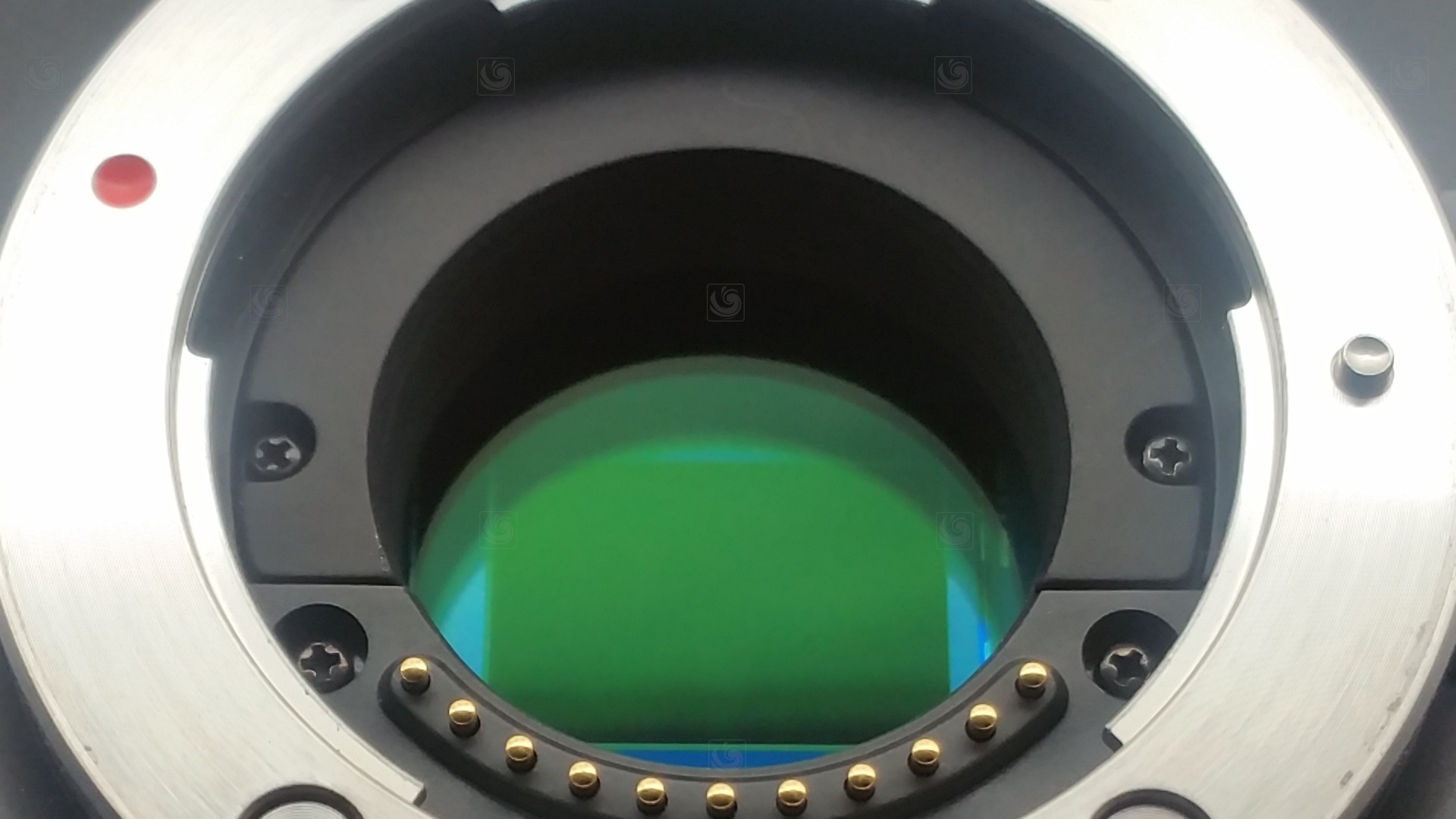
Perhaps it is easier to understand all this, putting it in relation to what happens in the field of photography, where a photo in RAW format allows the modification of brightness and colour without apparent loss of quality, while in a compressed file (usually in JPEG format) it involves a clear degradation of the image.
Taking the same example to digital cinematography, we can record both in standard compressed formats, professionally supported by the media (such as the well-known MPEG), but also record the video in image sequences in RAW format.
At VÓRTICE we have been working in High Definition and Digital Cinematography since 2004, using Sony, RED and BlackMagic Design professional cameras, thus guaranteeing the best recording and post-production quality of the images.
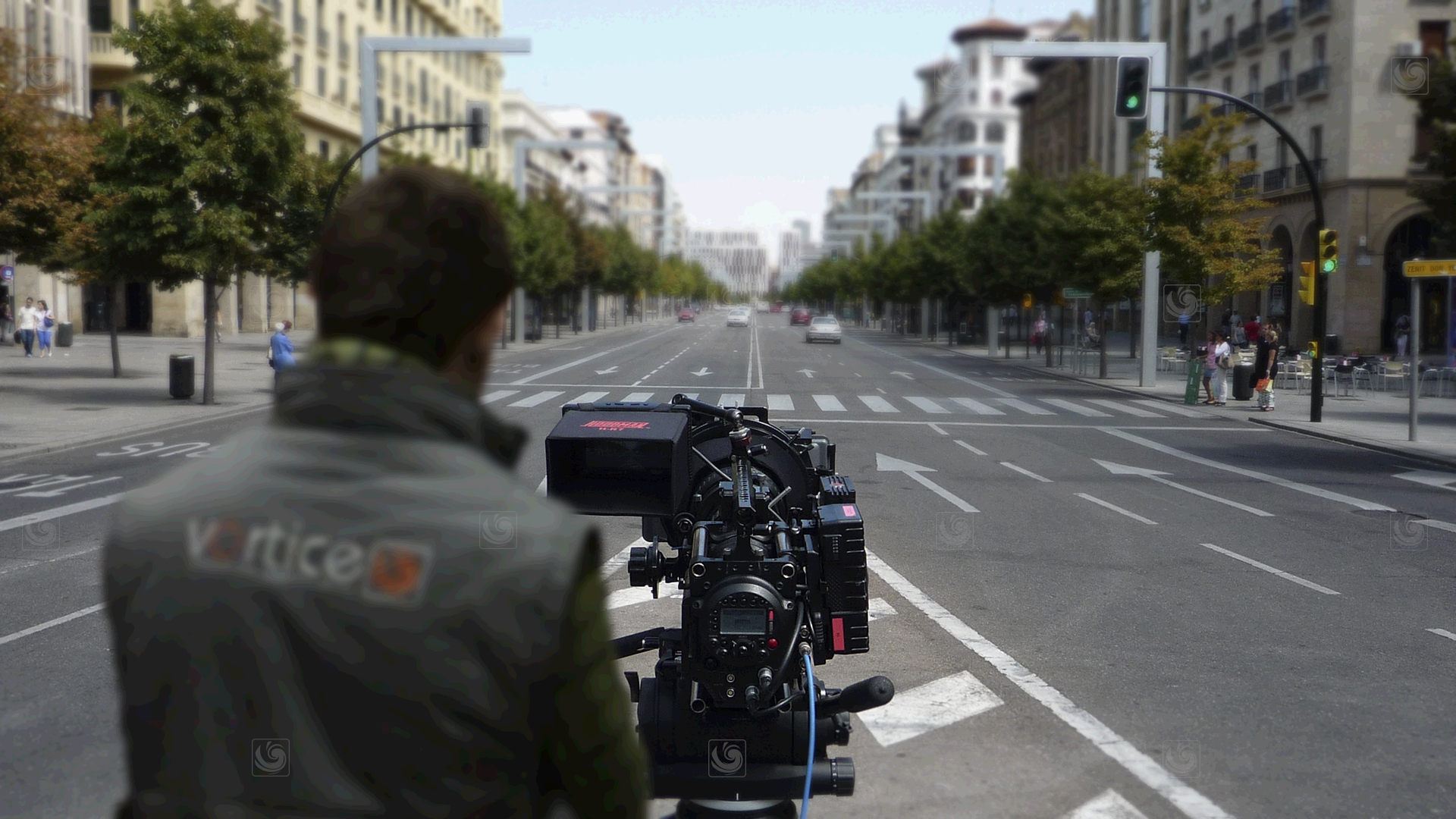
Recently, Blackmagic has developed a specific type of RAW file, called BRAW, which allows you to record sharper images, with more colour information, and in turn allows certain levels of compression and low quality loss, thereby achieving a dramatic reduction in the size of the files generated. This innovative codec makes available to all types of productions the highest qualities that were previously reserved only for films and television spots of the highest level.
The perfect opportunity to test the benefits of this new codec in a real project arose when La Macrobioteca and Iraide's Cooking Lab, companies dedicated to training in healthy cooking techniques, requested a promotional video about their workshops.
In this way, we proposed the realization of the audiovisual with one of our lightest cameras, the oustanding Blackmagic Pocket Cinema Camera 4K, which allows to record in BRAW. Our conclusions are the following:
- We observed that the recorded material (at 4K resolution) has a great definition, with an organic texture in the images close to that of celluloid and certainly far from the terrible synthetic aspect that compact digital cameras allow.
- Moreover, the footage obtained is very flexible in terms of adjusting brightness, contrast and colour throughout the post-production phase.
- Compared to traditional codecs, which reduce colour detail, with BRAW the skin tones are precise, and the colours intense and authentic, and can be modified precisely without creating visual artifacts.
Below we show you a BRAW frame, as delivered by the camera (left), next to that same frame, once it has undergone post-production brightness, contrast and colour adjustment (right).
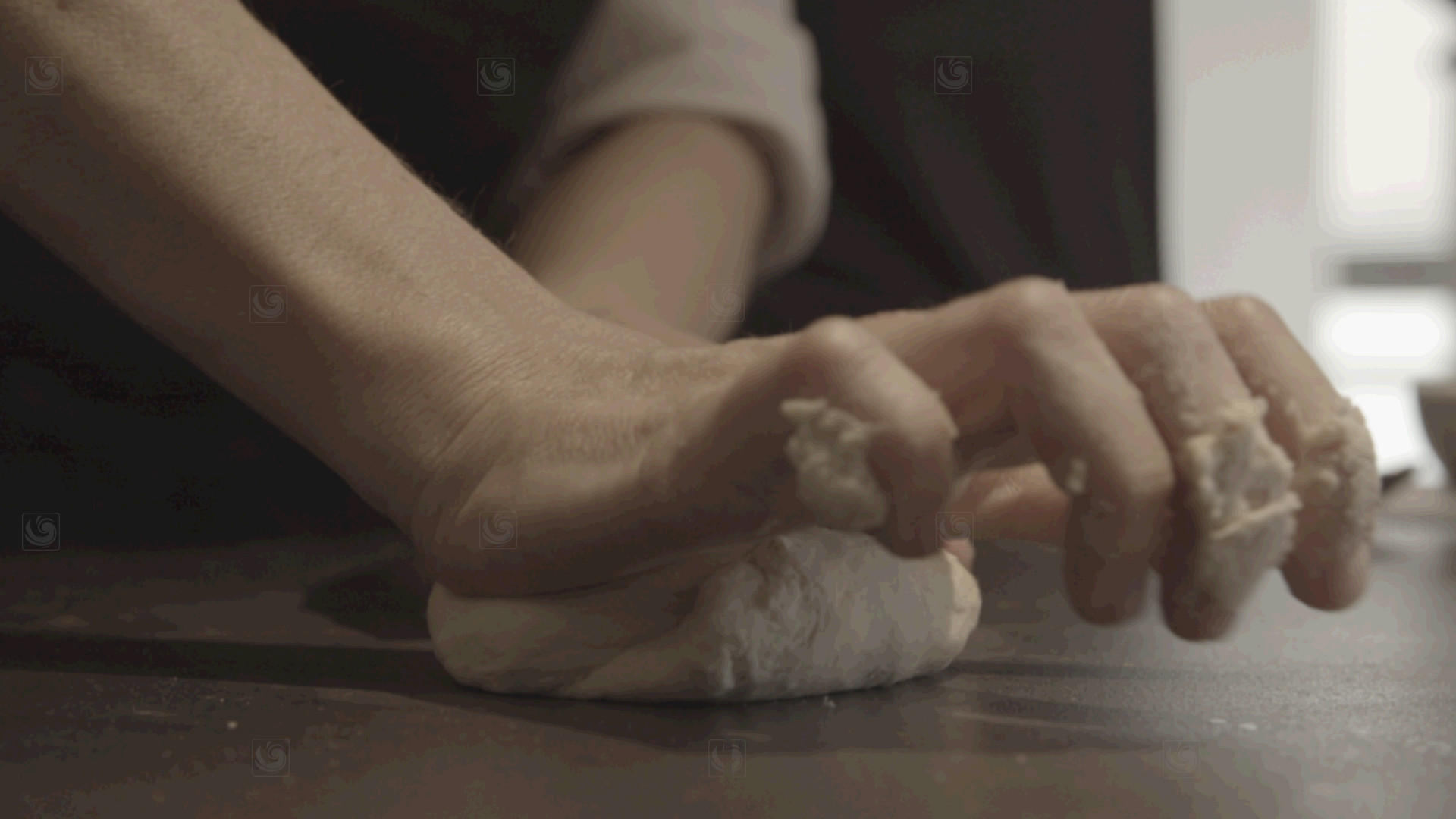
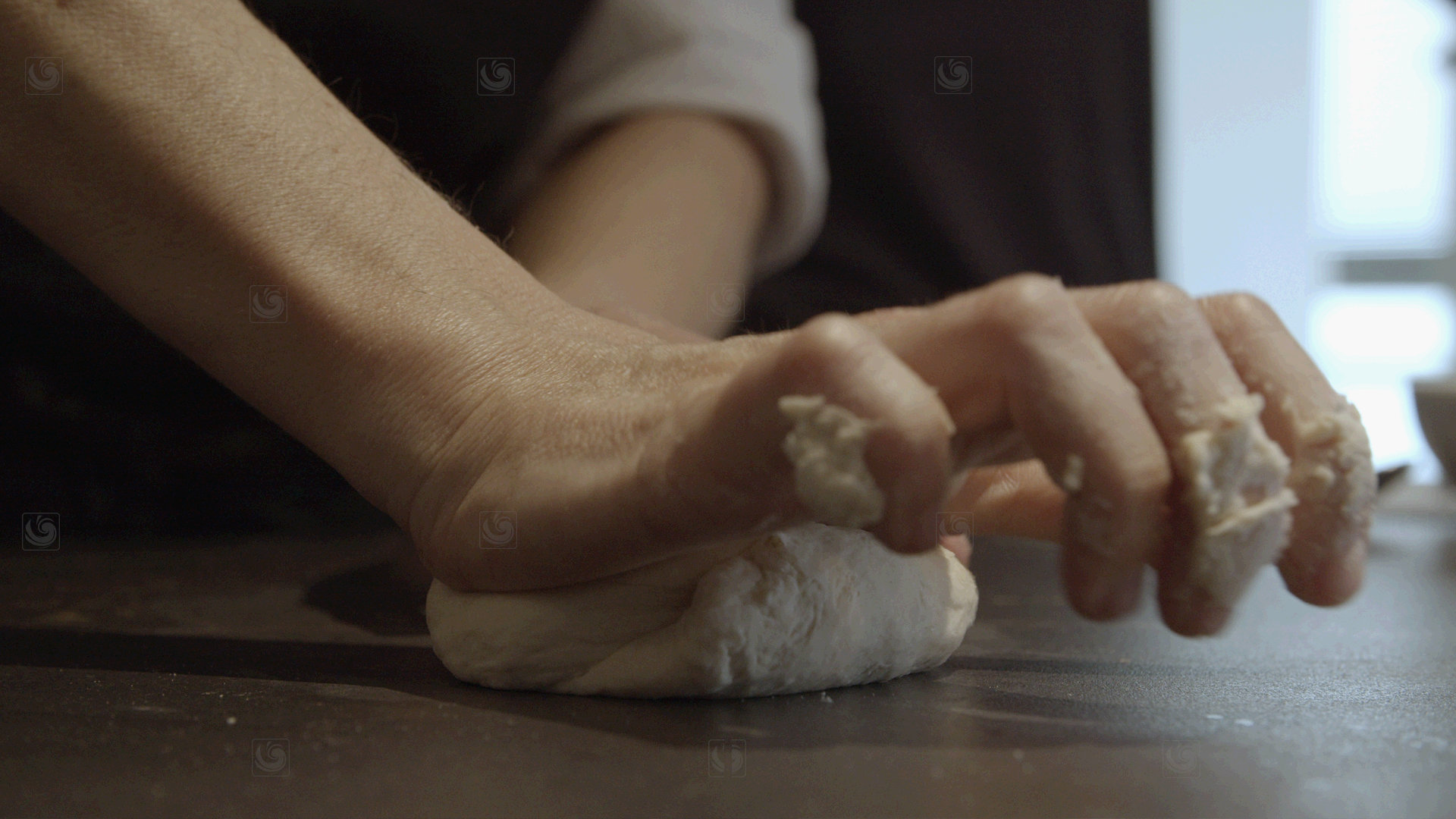
As a conclusion of the above, we believe that this new recording format meets expectations, the image quality is superior to compressed formats allowing fine adjustments of colour, brightness and contrast without detriment to the source image.
In addition, compared to other types of RAWs, the files generated are much lighter in terms of disk space occupied, with no decrease in processing speed, so the workflow is not slowed down or made more expensive by their use.
Having said that, we would like to invite you to enjoy an extract of the final footage. We really hope you like it!